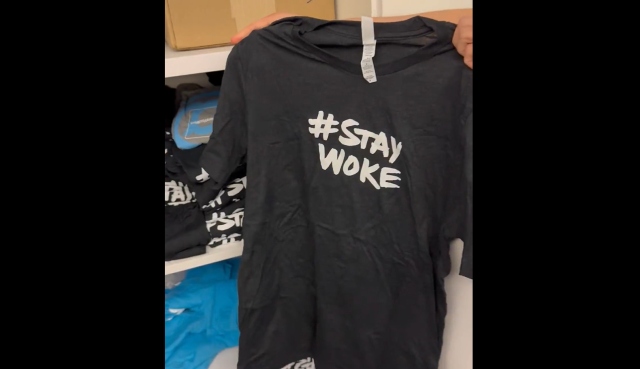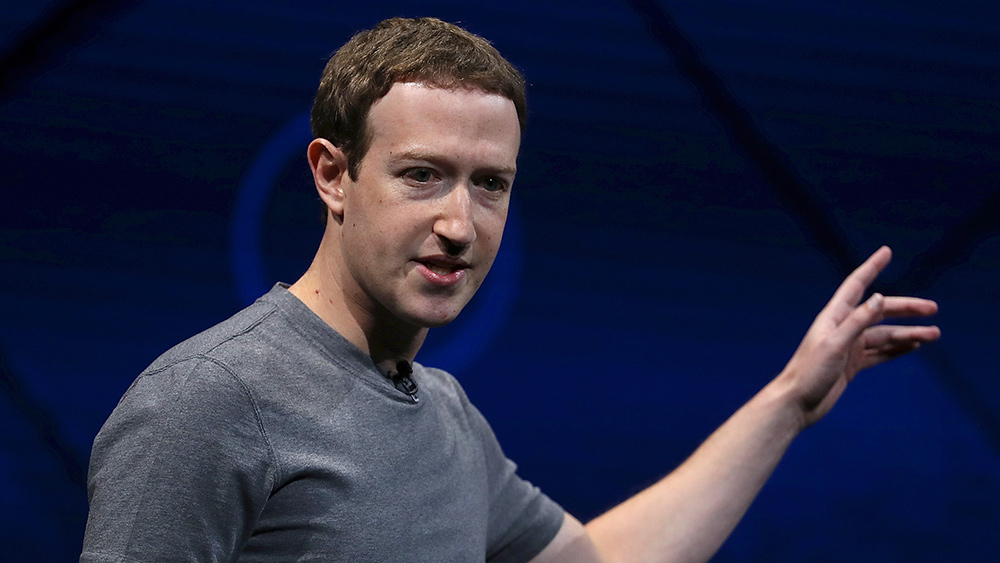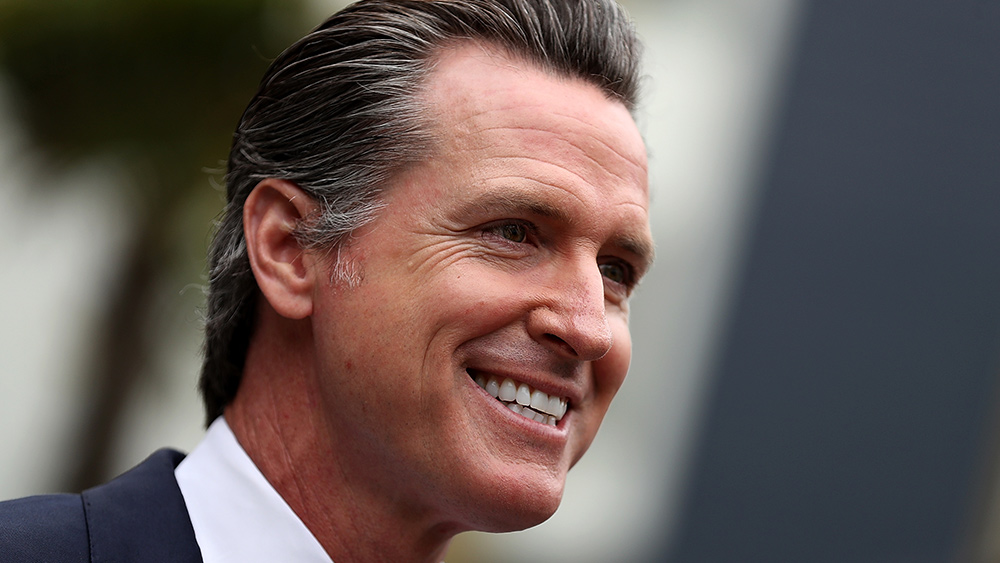RIGGED: Silicon Valley Bank gave its employees bonuses just hours before it collapsed
03/17/2023 / By Cassie B.

Employees of Silicon Valley Bank were given their annual bonuses on Friday just hours ahead of the seizure of the bank by regulators.
The payments were reportedly bonuses for work conducted last year and were already being processed in the days ahead of the collapse of the bank. In the past, the bank has paid its employee bonuses out on the second Friday of every March, sources claim.
In other words, it may be a coincidence that employees received their bonuses on the same day that the bank fell. The bank, which is based in Santa Clara, California, was in the midst of a bank run that was spurred by panicked investors when the Federal Deposit Insurance Corporation (FDIC) seized it at around noon on Friday.
The FDIC will act as a receiver, which normally entails liquidating the bank’s assets to pay its customers back, including creditors and depositors. In a two-minute video released on Friday, the bank’s then-CEO, Greg Becker, announced to workers that he was no longer making the decisions at the bank.
Although the size of the bonuses is unclear, Glassdoor.com notes that bonuses for employees at the bank range from around $12,000 for associates to $140,000 for those holding managing director roles. The bank’s employees earned an average of around $250,000 in 2018, making it the highest-paying publicly traded bank that year.
Bonuses for the bank’s international employees were scheduled for later in the month and have not yet been paid.
The FDIC emailed some of the bank’s workers on Friday evening to offer them temporary jobs. Employees who agree to stay with the failed bank will be given 1.5 times their usual pay for the next 45 days, while hourly workers will receive double their normal rate.
A FDIC representative told Axios: “Without commenting on salaries, it’s our standard practice to ask retain [sic] bank employees to assist with an orderly transition as part of our resolution process.”
The bank, which had more than 8,500 employees as of December and is the 16th largest in the nation, collapsed after a 60 percent drop in shares prompted a run on withdrawals in what is considered one of the worst financial institution failures in the history of the nation. Silicon Valley Bank controlled $209 billion worth of total assets at the end of last year and was considered the bank of choice for several Silicon Valley industries and startups.
Execs sold off stocks in the weeks leading up to the bank’s collapse
Ex-CEO Greg Becker sold $3.57 million in company stock just two weeks before the bank collapsed in what is being described as a pre-planned automated sell-off. On February 27, he offloaded more than 12,000 shares at an average price of $287.42 each, while CFO Daniel Beck sold 2,000 shares; the price of the stock dropped to just under $30 on Friday.
As an FDIC-insured bank, only $250,000 per account at Silicon Valley Bank is guaranteed. However, the bank’s latest annual report shows that 96 percent of the $173 billion held there in deposits was uninsured.
The FDIC said that all insured depositors will be given access to their insured deposits, while uninsured depositors will receive an “advance dividend within the next week.”
In the meantime, the bank’s new government-appointed CEO, Tim Mayopoulos, has appealed to the bank’s high-powered startup and venture capital clients to bring their money back to the bank. He also said that he wasn’t sure what the bank’s “exact end state” would be but listed three possible outcomes: liquidation, sale or recapitalization.
Sources for this article include:
Submit a correction >>
Tagged Under:
banks, Bubble, chaos, Collapse, conspiracy, corruption, debt bomb, debt collapse, deception, economic riot, FDIC, finance riot, market crash, money supply, panic, risk, Silicon Valley Bank, suspicious
This article may contain statements that reflect the opinion of the author
RECENT NEWS & ARTICLES
COPYRIGHT © 2017 BUBBLE NEWS



















